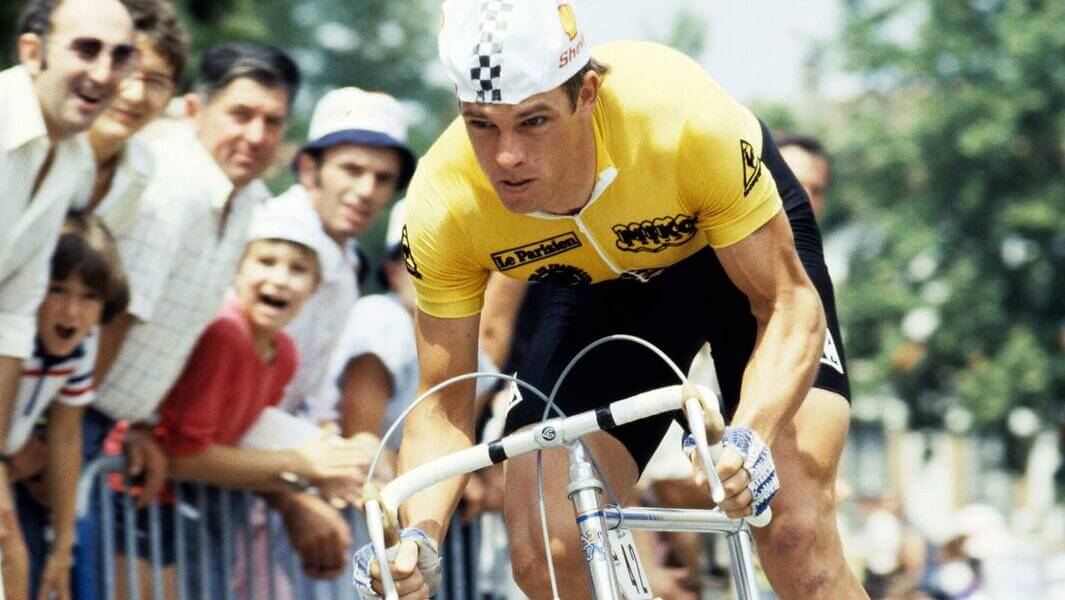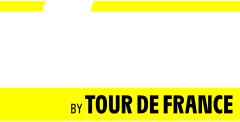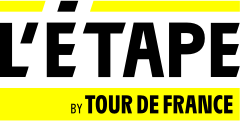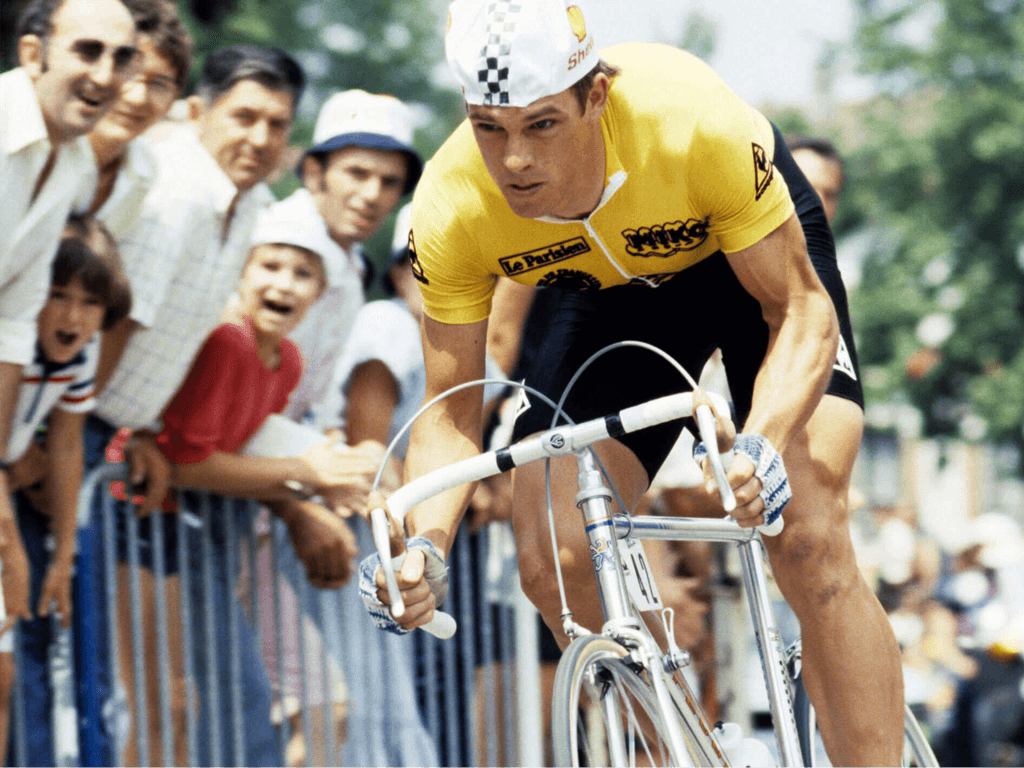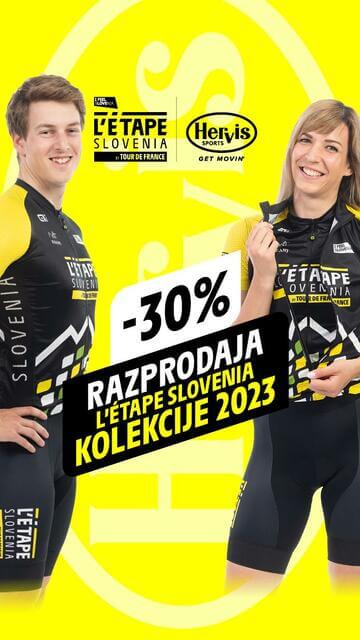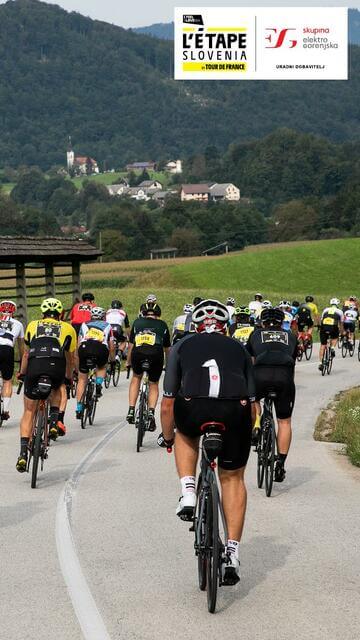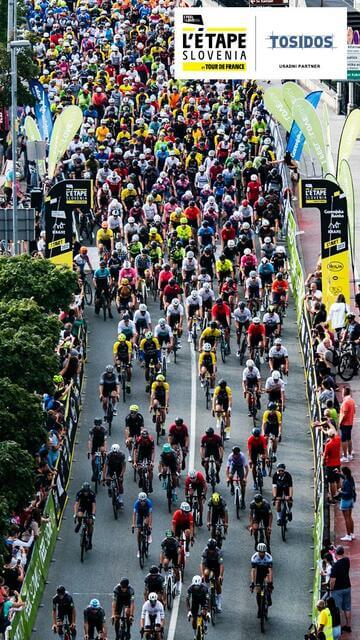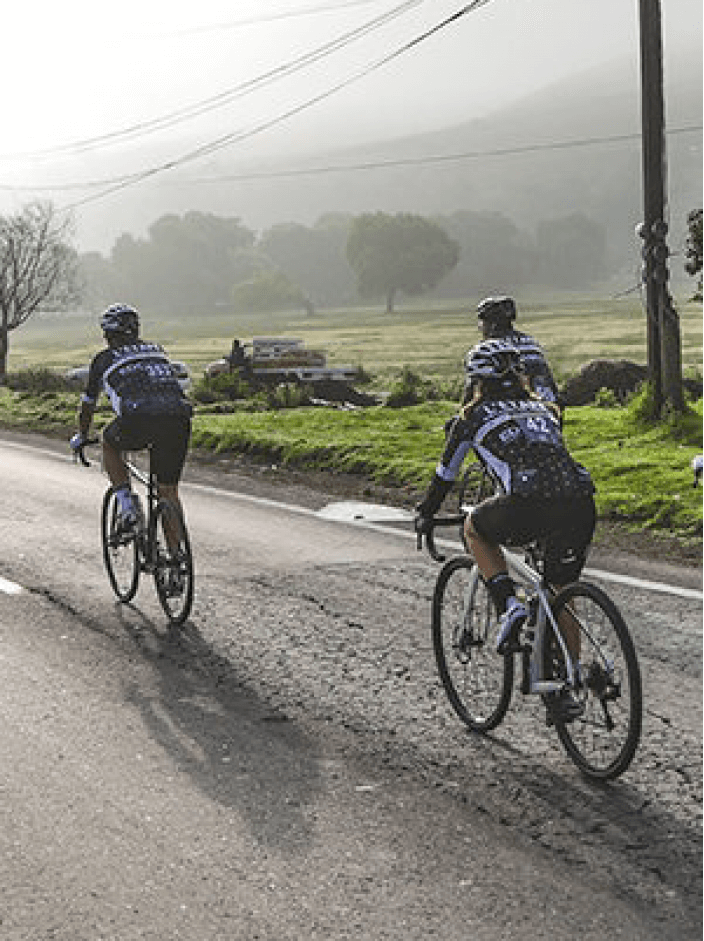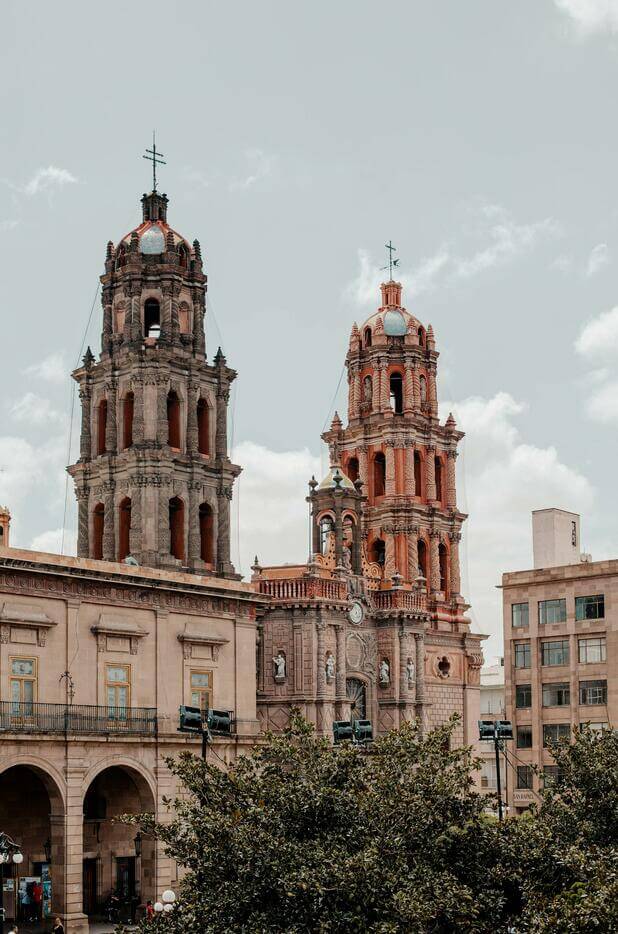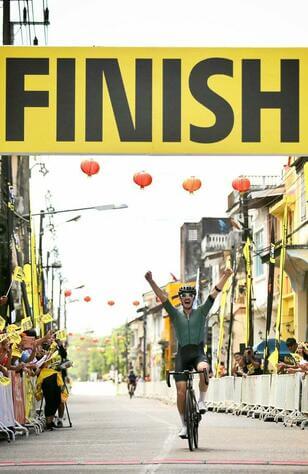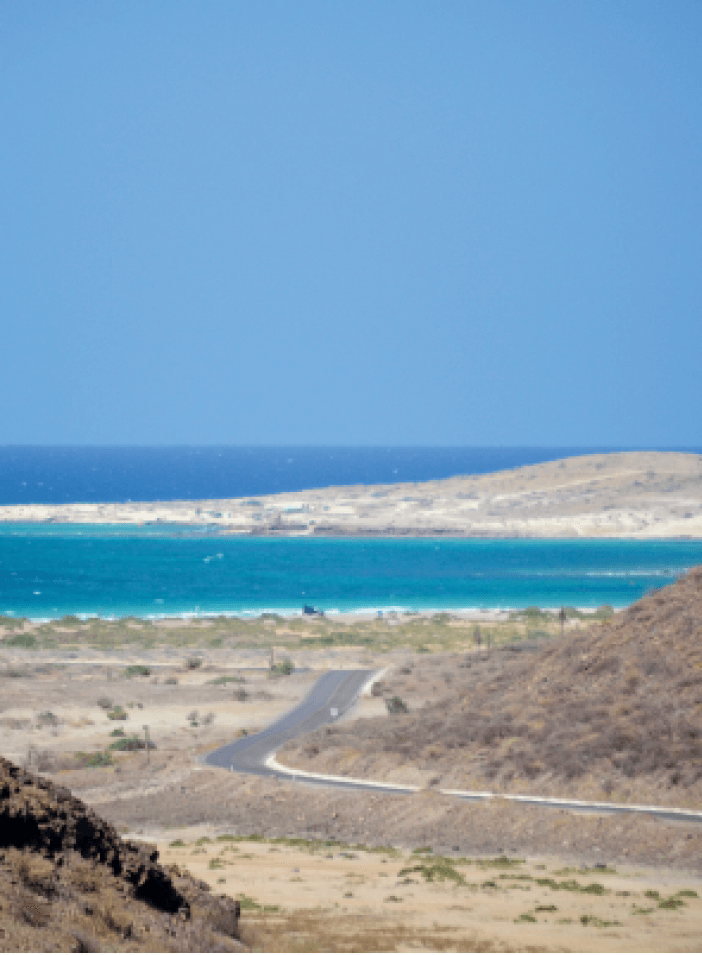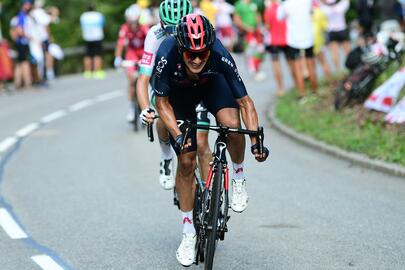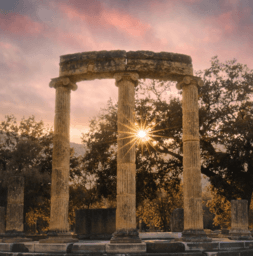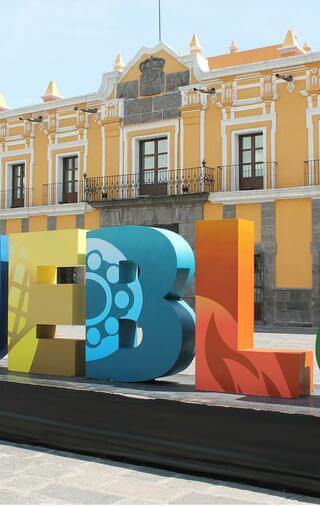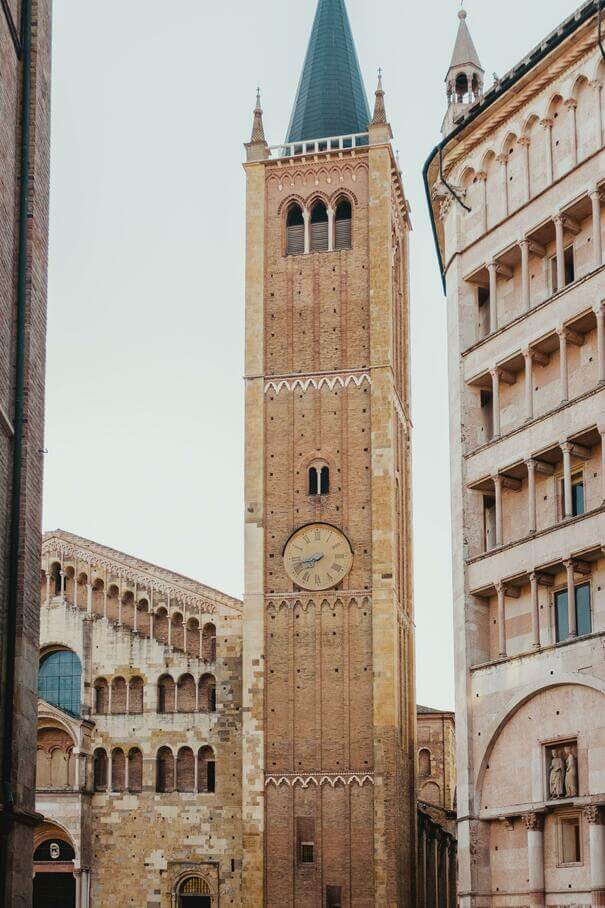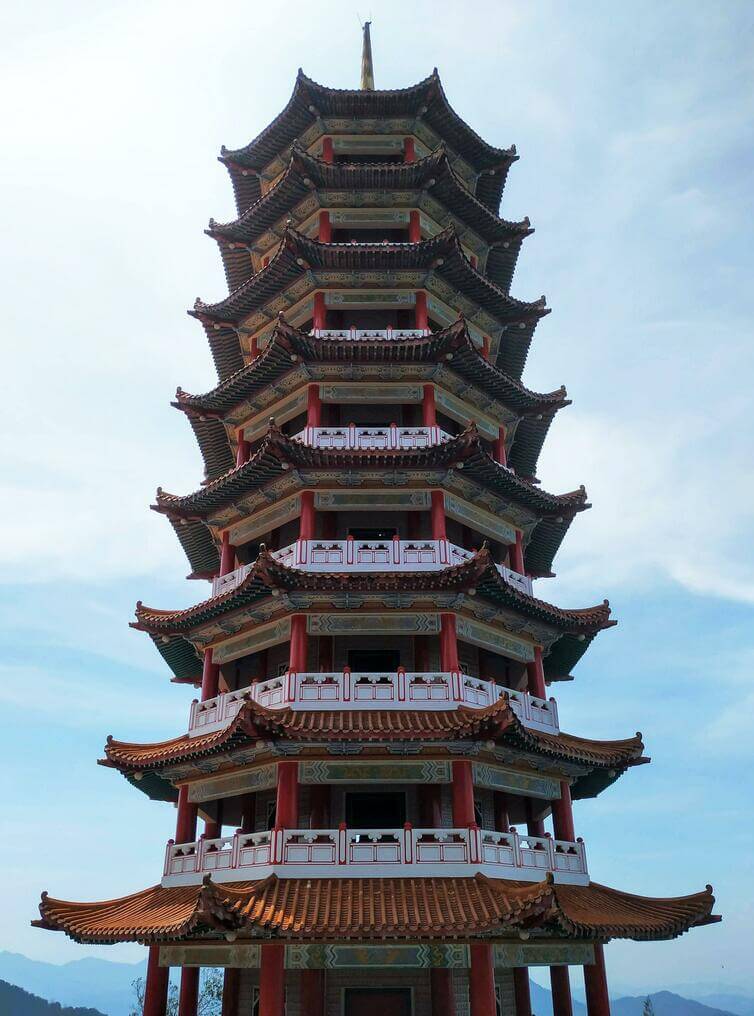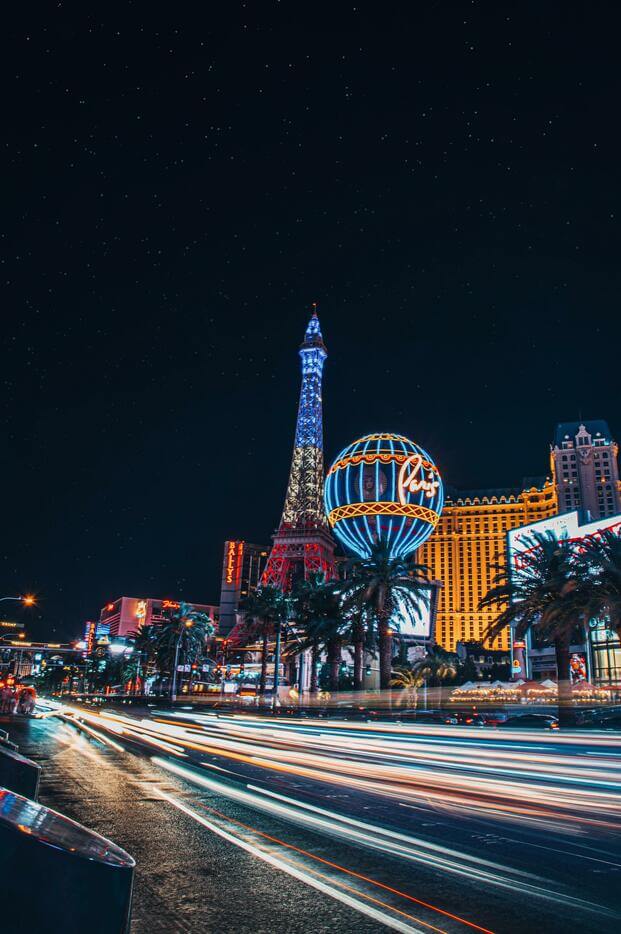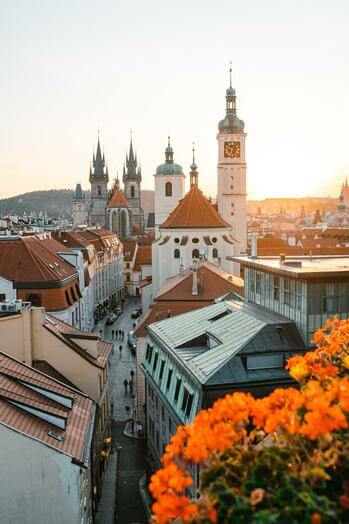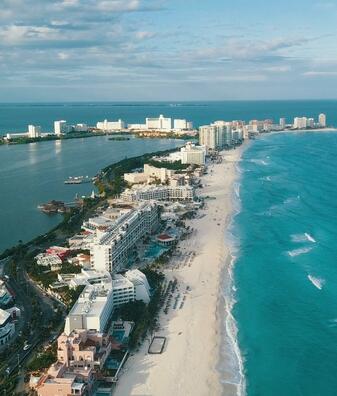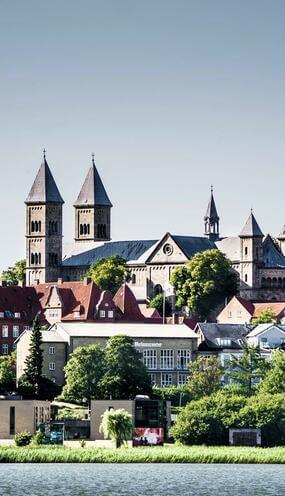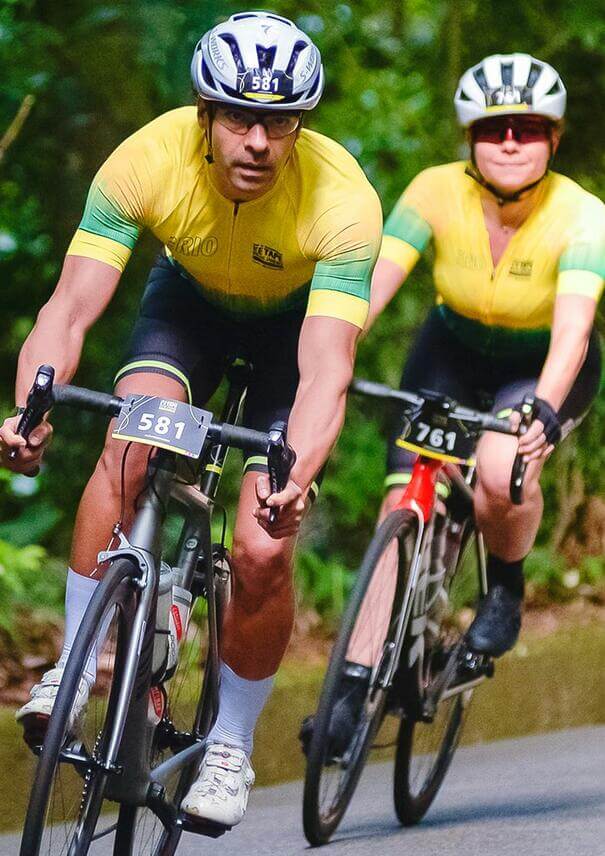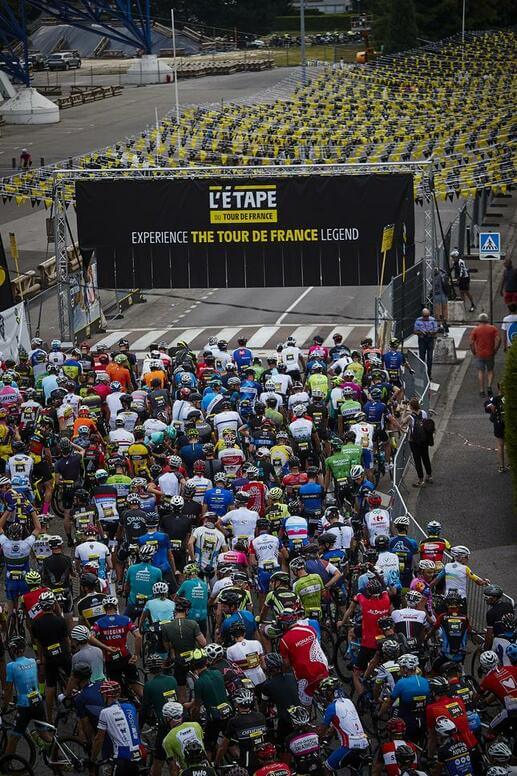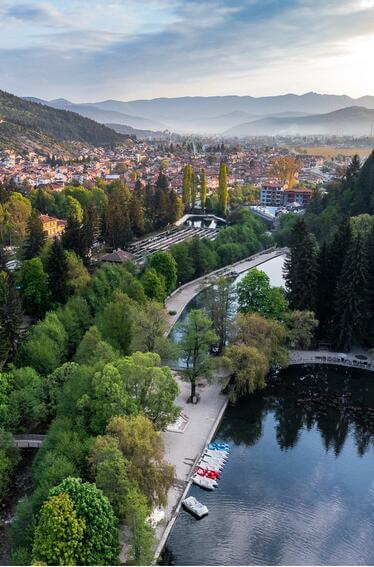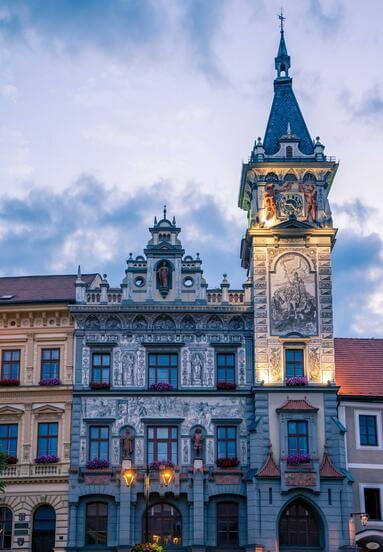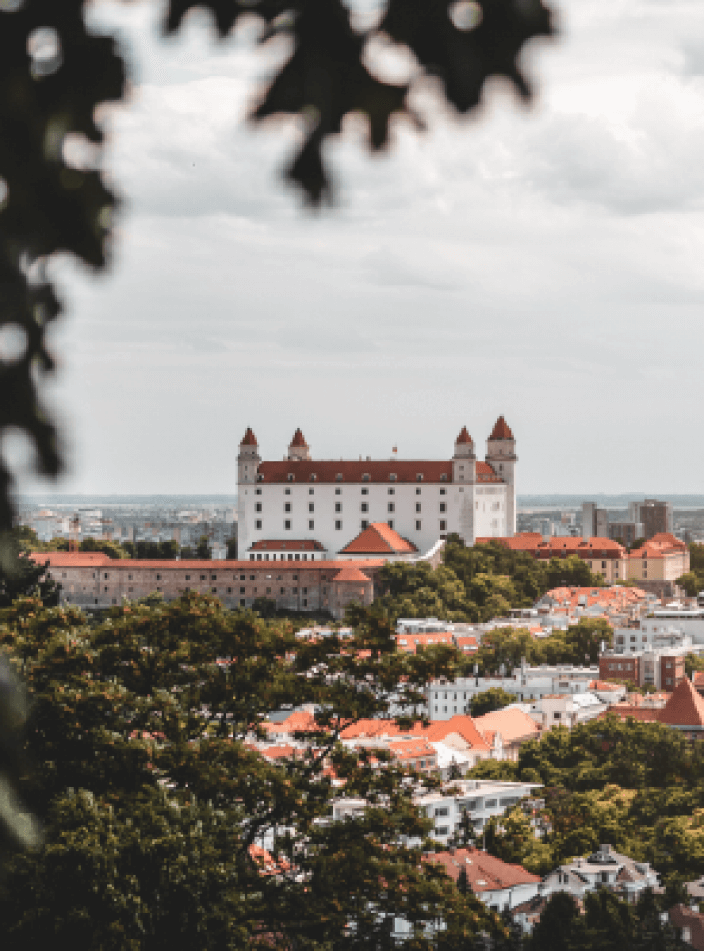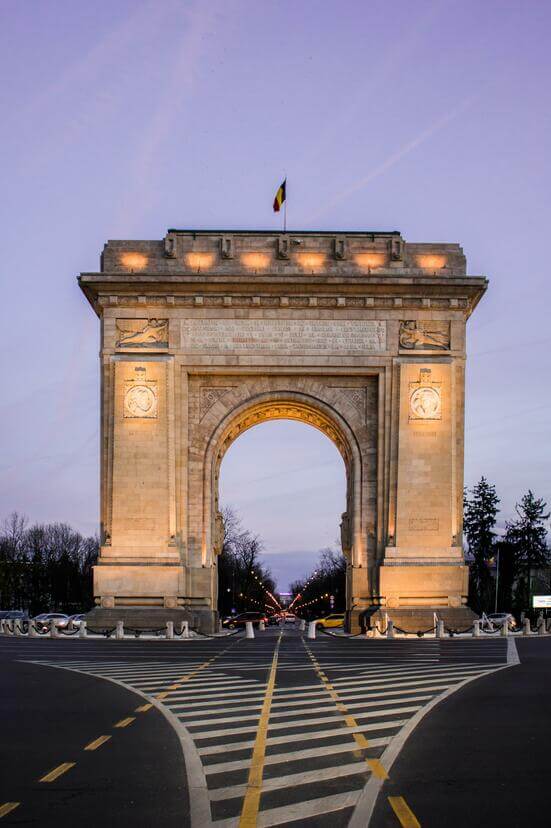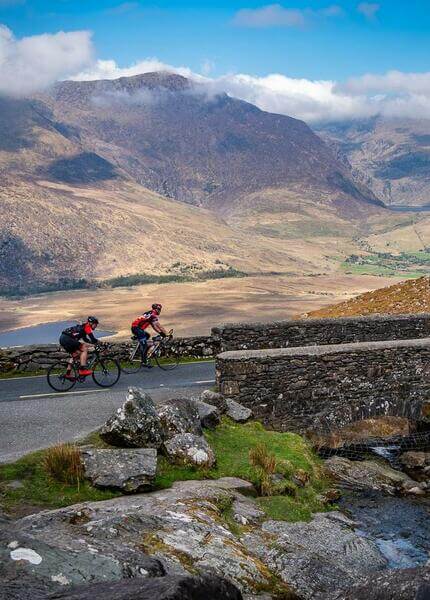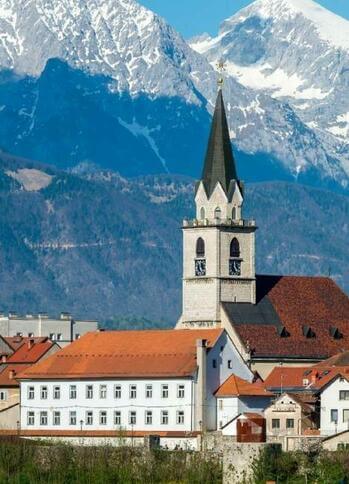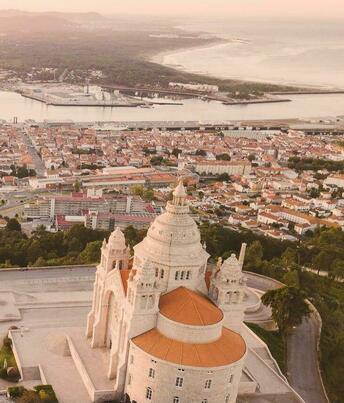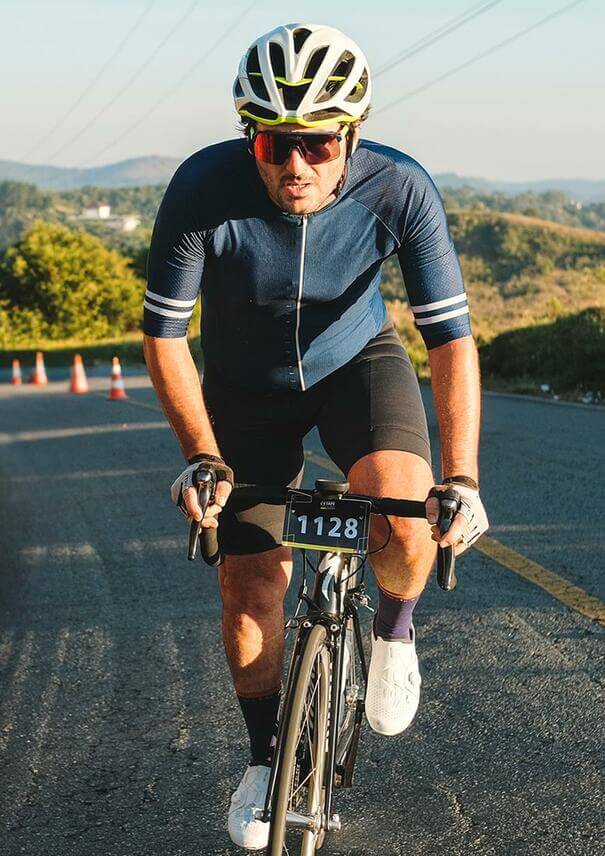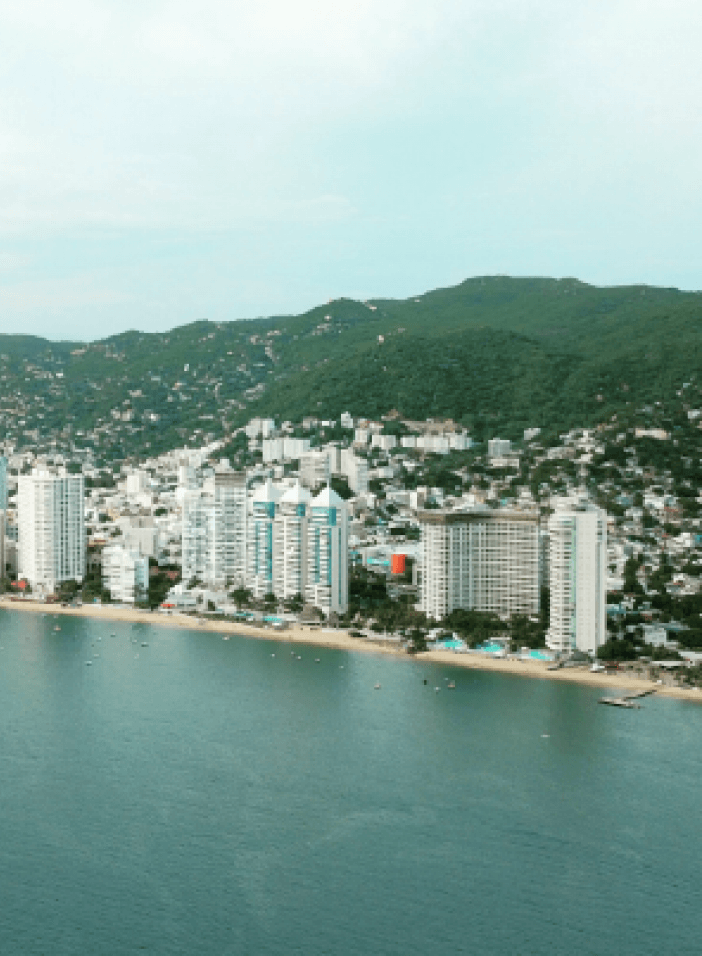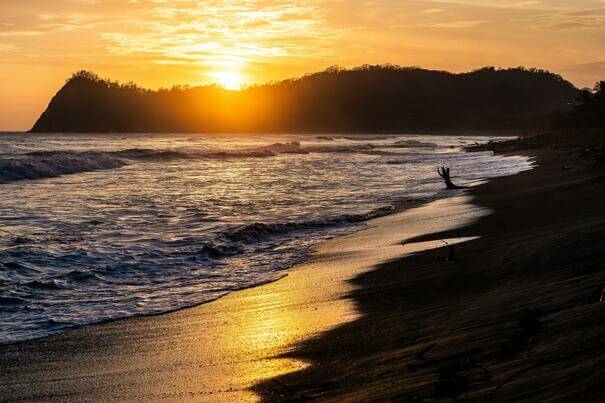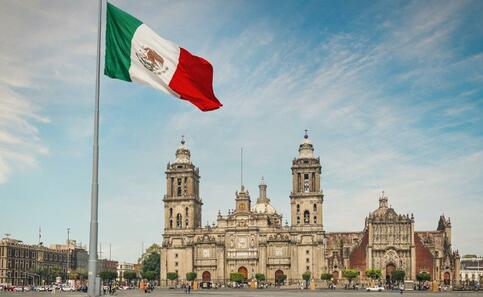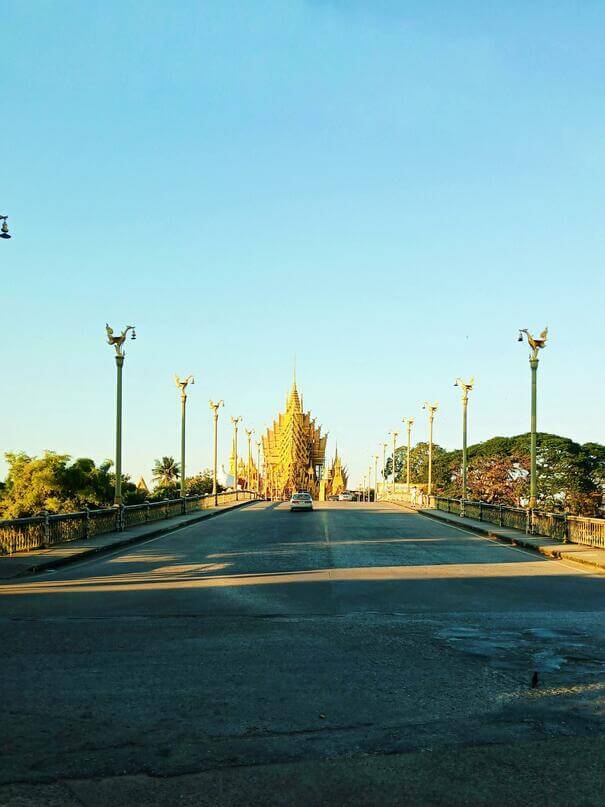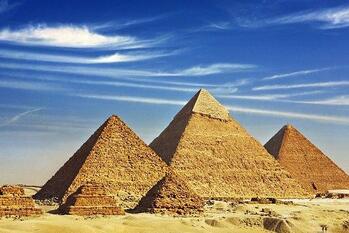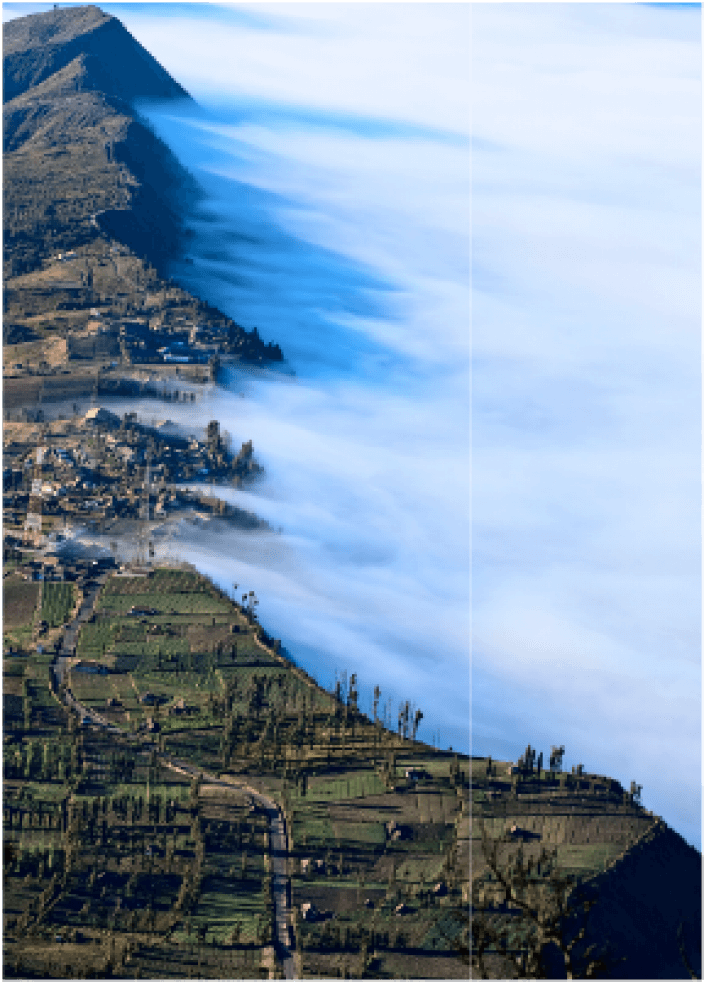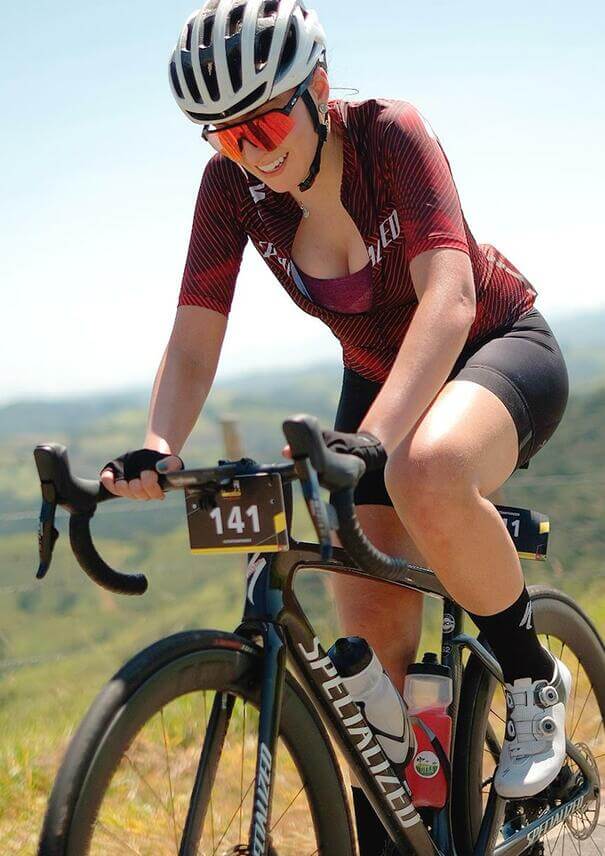Steve Bauer - Canada
✅ 1st Canadian to win a stage of the Tour de France.
🏆 Winner of one stage, finished 9 Tour de France
📅 Pro years: 1984 - 1996
Born in 1959, Steve Bauer is a Canadian cyclist and sports director. He is the 1st Canadian to obtain results on the Tour de France.
His professional career began in 1984, just after finishing 2nd at the Olympic Games (then reserved to amateurs) in Los Angeles. His story with the Tour de France began in 1985. Bauer took part in 11 Tour de France between 1985 and 1995 (9 Tour finished, 2 retirements in 1992 and 1994). In 1985, he wore the White Jersey (Best Young Rider) for most of the Tour but could not manage to bring it back to Paris.
It's in 1988 that success finally came. This year, Bauer won the first stage of the Tour de France for Canada! He then kept the Yellow Jersey for 5 days, and finishes 4th in the final general classification. Two years later, in 1990, he breaks away with the likes of Ronan Pensec, Claudio Chiappucci and Frans Maassen. The group takes several minutes to the peloton and allows Steve Bauer to wear the Yellow Jersey for 9 consecutive days!
After ending his career, Steve Bauer kept a link with his sport. Having been part of several teams as a sports director, he now works for the World Tour team Israel - Premier Tech. This allowed him to be part of the second ever win of a Canadian on the French race with Hugo Houle's victory on stage 16 of the 2022 Tour de France.
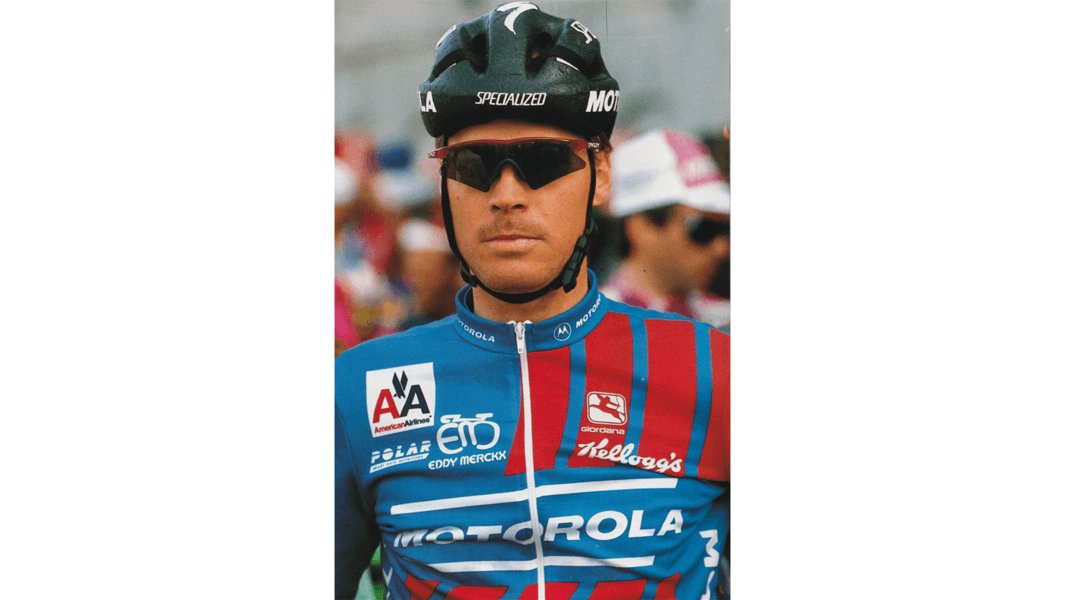
Greg LeMond - USA
✅ First American and first non-European to win the Tour de France.
🏆 Winner of 3 Tour de France and 5 stages
📅 Pro years: 1981 - 1994
Born in 1961, Gregory James LeMond, known as Greg LeMond, used to be a skier before he started cycling. To improve his physical condition, his coach advised him to do a bit of cycling on the side. Very gifted for this sport, he quickly devoted himself to competition.
The Californian was spotted in 1980 by Cyrille Guimard. He became a professional in 1981 in the Renault -Elf-Gitane team of Bernard Hinault.
In 1984, he finished 3rd in the Tour and won the White Jersey (ranking of the best young rider). His first Tour suggested a promising future. On the 1985 Tour, he finished 2nd in the general classification and won the Combiné Jersey.
The 1986 Tour places him at the top. At the beginning of the Tour, his team stated that they were all behind Greg LeMond, and that Hinault's years as the leader of the team were over. It didn't sit really well with the Frenchman who agreed but was not going to make it an easy task for LeMond to win the Tour. The first time trial is won by Hinault, who also takes the Yellow Jersey. LeMond believes in the loyalty of the Frenchman but Hinault attacks with Pedro Delgado on the first Pyrenean stage. Destabilized by the team game, LeMond loses more than 4 minutes and is over 5 minutes behind in the general classification. The Tour seems lost. But Hinault makes a huge mistake by attacking unnecessarily the next day. That causes him to fatigue while LeMond accomplishes an exceptional ascent towards Superbagnères. The tension between LeMond and Hinault becomes such that the original agreement no longer exists. In the Alps, LeMond finally gets his first Yellow Jersey at the top of the Col du Granon and Hinault is pushed back in 3rd place in the general ranking. They eventually decide to make peace on the stage leading to Alpe d'Huez: Hinault and LeMond dominate the race and arrive hand in hand at the summit. LeMond does not encounter any more issues before Paris and ends up winning his first Tour de France!
In 1989 he does it again in the last day of the race. Laurent Fignon, then wearing the Yellow Jersey, does not manages to match LeMond's performance in the final time trial. He crosses the line with a deficit of 8 seconds on the American rider. To this day, this is still the smallest time gap between first and second place of the Tour de France. He wins the Tour de France for a last time in 1990.
The years 1992 and 1994 are not in favor of the American. He gave up, exhausted in the Alps, in 1992. His illness caught up with him during the 1994 Tour, and abandonment was inevitable. He then decided to end his career that year.
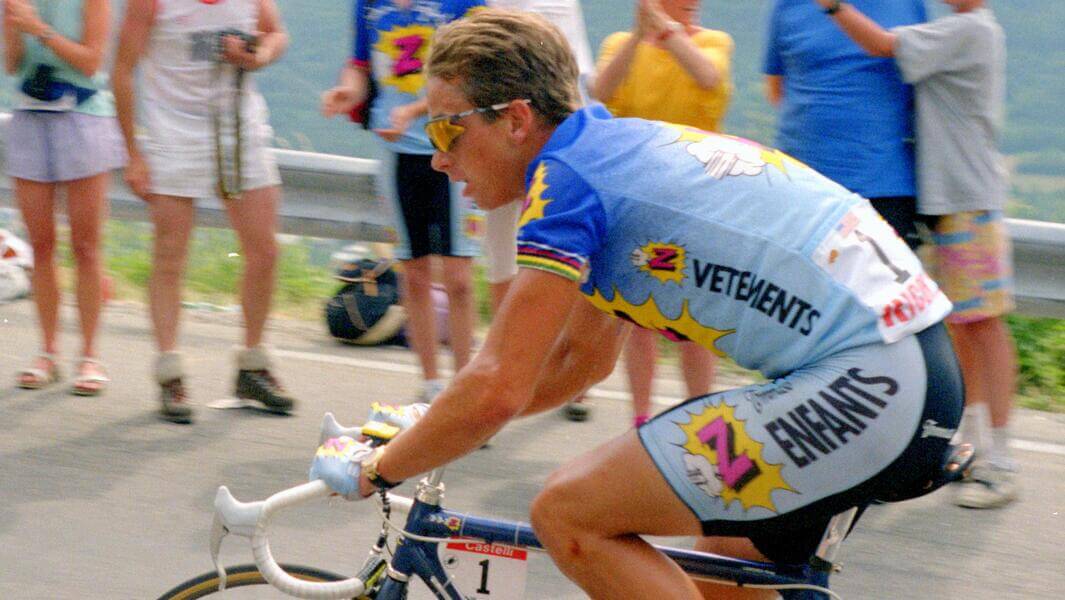
Cheng Ji - China
✅ First Chinese rider to take part in Le Tour de France,
🏆 Finished the 3 Grands Tours, "Lanterne rouge" of the 2014 TDF
📆 Pro years: 2006 - 2016
Even if China has been having a lot of success in the Olympics for the last years, cycling is a sport where the country never succeeded. They started with some results on the track but road cycling is still a largely unexplored territory.
Cheng Ji made the first step towards a new trend for the Chinese riders. Initially destined to a running career, the cold weather of his hometown decided differently, being easier to train indoor for cycling rather than running. After riding on the track for a few years, he switched to road cycling and moved to Europe in 2006. He turned pro in a Continental team before joining Team Skil-Shimano, the ancestor of what is now Team Sunweb.
Even if Ji never managed any impressive performance during his career, his hard work at the front of the peloton was widely recognized by his team. He gained the trust of his sporting directors and made his Grand Tour debuts on the Giro in 2012. He then competed in the Vuelta in 2013 and the Tour de France in 2014, becoming every time the first Chinese to complete those races. His work to bring back breakaways during the Tour de France earned him the nickname of “Breakaway killer”. He finished this Tour as the “lanterne rouge”, name given to the last rider in the general classification.
Since Cheng Ji stopped his career in 2016, no Chinese rider has been filling his spot, and China is still waiting for another rider to race the Tour de France and maybe… win a stage?
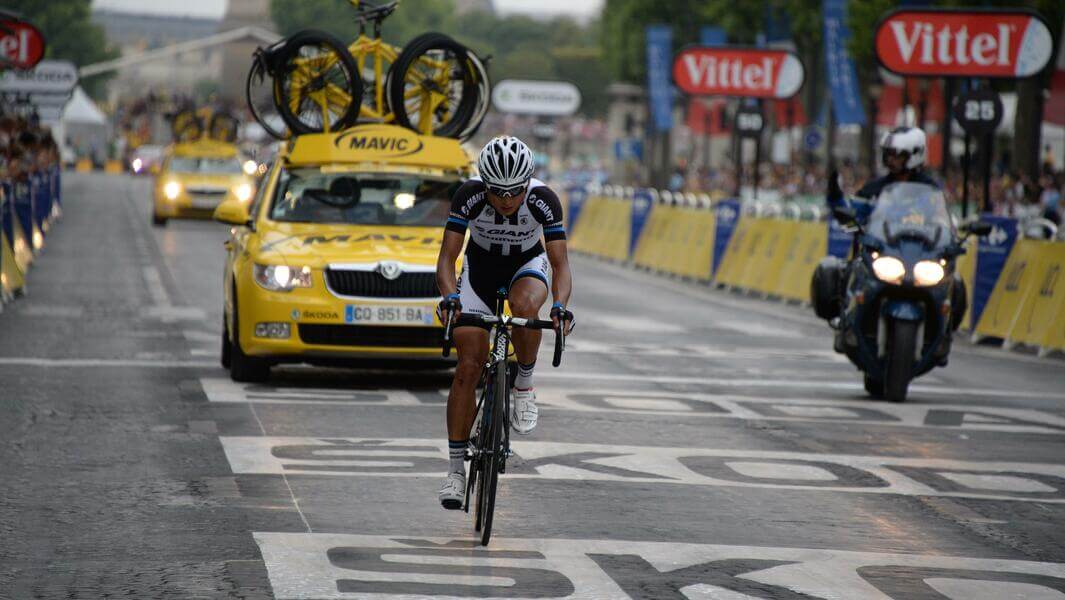
Phil Anderson - Australia
✅ First Australian to wear the Yellow Jersey of Le Tour de France,
🏆 Winner of 2 stages of the TDF and numerous races
📆 Pro years: 1980 - 1994
After successful cycling debuts in Australia, Phil Anderson knew that he would have a better chance at turning pro if he flew to Europe. That’s how he landed in Paris and then joined the amateur ACBB team (Athletic Club Boulogne-Billancourt) in 1979 before turning pro the next year with Peugeot.
The adaptation was a bit difficult but Anderson still managed to win a few races during his neo-pro year. But his talent really got exposed to the public eye the next year.
The 1981 Tour de France was where the Australian really set himself as one of the biggest talents of his generation. 5 stages into the raced, he got to wear the Yellow Jersey. A first for a rider from outside Europe and therefore, for an Australian. The way it happened says a lot about the rider and the man he was at that time. Part of the breakaway on the road to Saint-Lary-Soulan, he forgot his sportive director’s instructions and hung on to the wheels instead of waiting for his leader. In the end, Lucien van Impe and Bernard Hinault were the only 2 riders able to beat him!
When came the time to climb on the podium to get his Yellow Jersey, he had no idea of how important this trophy was in the cycling world: “For me it was just like, 'Oh yes, great, I don't have to wash my old jersey tonight, you know, get a new one'. But really, you're sort of at the highest level of the sport.”
During the next years, he went on to finish 6 times in the top 5 of the general classification and won 2 stages, paving the way for his fellow Australians that would finally see Cadel Evans winning the Tour de France in 2011.
